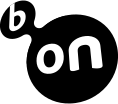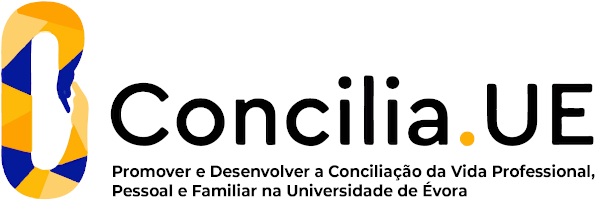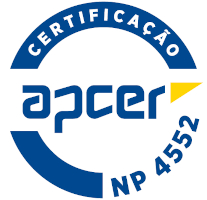2025
Analytical Methods Applied to Osteology
Name: Analytical Methods Applied to Osteology
Code: QUI14693M
9 ECTS
Duration: 15 weeks/234 hours
Scientific Area:
Geology, Chemistry
Teaching languages: Portuguese, English
Languages of tutoring support: Portuguese, English
Regime de Frequência: Presencial
Presentation
Many of the recent discoveries in archaeology, are achieved through studies in materials analysis laboratories, rather than direct excavation. In this CU the tools necessary to obtain information from osteological remains and the burial site are provided.
Sustainable Development Goals
Learning Goals
This CU aims to familiarize students with the analytical techniques used in the analysis of osteological remains and soils from burial sites. In addition to addressing the theoretical foundations of the different analytical techniques, this CU will be focused on case studies where the application of these techniques can answer questions which are not answerable by the classical approach of biological anthropology.
With this CU we also intend to demonstrate to the students the importance of the multidisciplinary study of human and animal osteological remains.
The presentation and discussion of case studies using different osteological materials from different historical periods is intended to allow students to understand the limitations of each of the analytical techniques in the context of osteological analysis.
With this CU we also intend to demonstrate to the students the importance of the multidisciplinary study of human and animal osteological remains.
The presentation and discussion of case studies using different osteological materials from different historical periods is intended to allow students to understand the limitations of each of the analytical techniques in the context of osteological analysis.
Contents
Study of the analytical techniques used to study osteological samples (non-cremated and cremated remains will be addressed). The analysis of soil samples from the burial environment will also be covered.
1. Investigation physical and chemical integrity of the osteological samples: radiography, microscopy (optical and SEM), FTIR, and XRD.
2. Chemical analysis of osteological and soil samples.
2.1. Measuring elemental composition: XRF. SEM-EDS. LA-ICP-MS.
2.2. Organic components (e.g. ZooMS): LC-MS and GC-MS.
3. Isotopic analysis (investigation on diet and mobility): IRMS, GC-IRMS,TIMS, ICP-MC-MS.
4. Dating: 14 C dating, other dating methods.
For each analytical technique, the analytical principles of the technique will be taught together with the presentation of case studies of its application to address questions relevant in osteological analysis which are not possible to answer using the traditional approach of biological anthropology.
1. Investigation physical and chemical integrity of the osteological samples: radiography, microscopy (optical and SEM), FTIR, and XRD.
2. Chemical analysis of osteological and soil samples.
2.1. Measuring elemental composition: XRF. SEM-EDS. LA-ICP-MS.
2.2. Organic components (e.g. ZooMS): LC-MS and GC-MS.
3. Isotopic analysis (investigation on diet and mobility): IRMS, GC-IRMS,TIMS, ICP-MC-MS.
4. Dating: 14 C dating, other dating methods.
For each analytical technique, the analytical principles of the technique will be taught together with the presentation of case studies of its application to address questions relevant in osteological analysis which are not possible to answer using the traditional approach of biological anthropology.
Teaching Methods
Teaching will involve lectures where the theoretical fundamentals of each analytical technique will be taught followed by classes to have some hand-on approach to the different analytical techniques. The laboratory work will be performed using the analytical infrastructure of the Laboratory HERCULES. Classes will be taught by CU trainers and occasionally external professors may be invited to lecture on specific topics.
The classes dedicated to the case studies will be used to critically discuss the scope and limitations of each analytical technique.
The classes dedicated to the case studies will be used to critically discuss the scope and limitations of each analytical technique.
Assessment
Students may choose between continuous or final assessment. Continuous assessment must be carried out through the elaboration of two written tests, with equal weight between them. Students may also perform a final assessment through a written test, as stipulated in the Academic Regulations of the University of Évora.





















